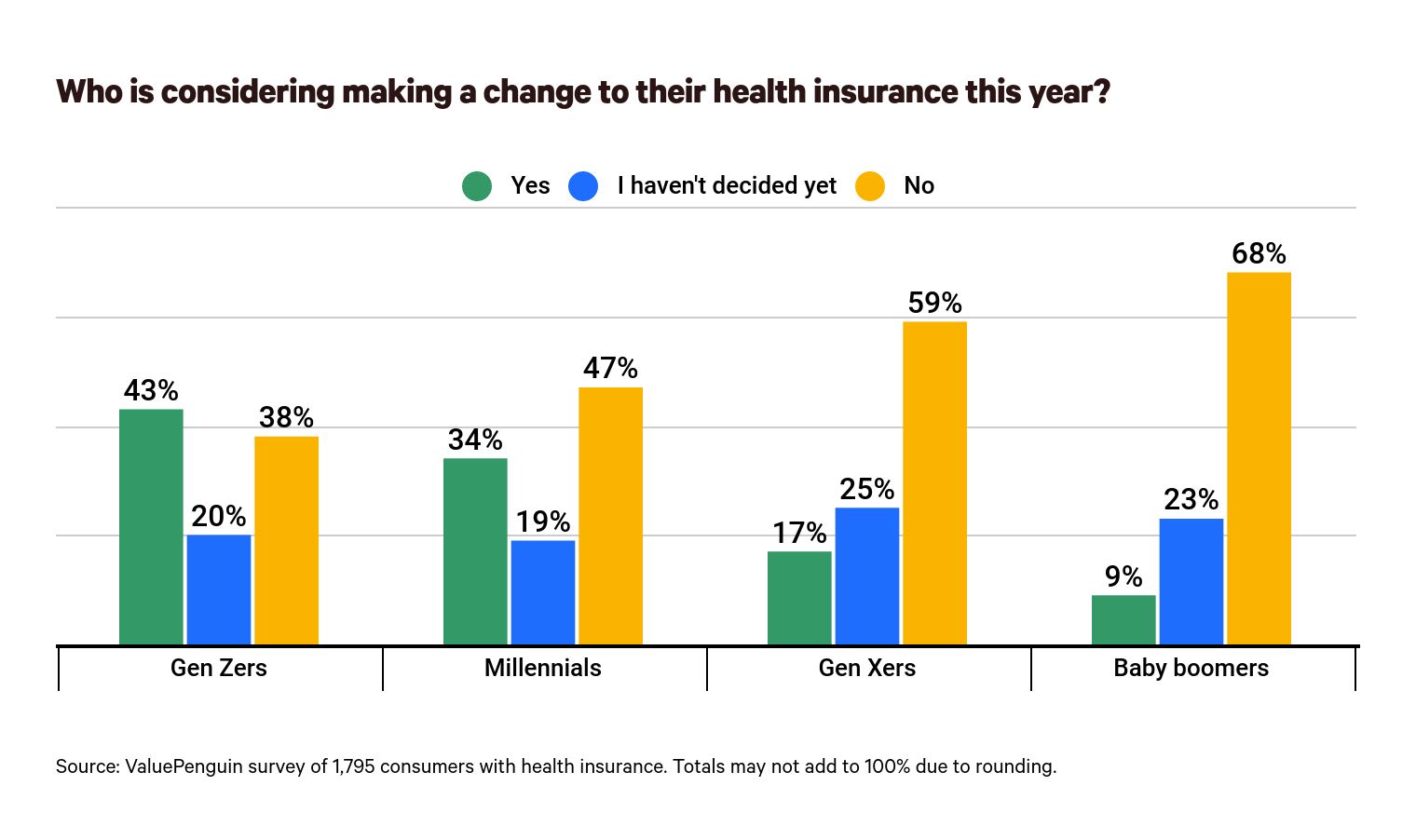Tuesday’s Tidbits

From the Delta variant front, David Leonhardt in the New York Times Mornings column tries to place the pre-Thanksgiving increase in COVID cases in perspective. He encourages readers to recognize that it’s the cadre over 65 and particularly those in their 80’s and 90’s who are threatened by COVID.
Covid is the threat on many of our minds. But for most people under 65, the virus may present less risk than a car trip to visit relatives this week.
The situation is more frightening for older people, especially those in their 80s and 90s. For the oldest age groups, Covid presents a real risk even after vaccination. It appears to be more dangerous than a typical flu and much more dangerous than time spent riding in a vehicle, based on C.D.C. data.
As a result, older Americans need protection during a surge. (The same is also true of a small percentage of younger people with specific vulnerabilities to Covid, like organ-transplant recipients.) The most effective way to protect vulnerable people is through vaccination — not only of them but also of others who might infect them [e.g., initial vaccinations for children beginning at age 5 and young teenagers and boosters for fully vaccinated adults, after two months for the Johnson & Johnson vaccine and six months for the mRNA vaccines.]
STAT News reminds us that the FDA will consider granting emergency use authorization to the Merck anti-viral pill for treating early COVID next Tuesday. However,
[C]linical trials for both the Pfizer and Merck antivirals focused on unvaccinated people with at least one risk factor for developing severe Covid-19. Trial data, as disclosed by the drug companies, shows them to be remarkably effective: No patient in either study died after being treated with a course of antivirals.
But it might be difficult to get the drugs outside a clinical trial setting. Depending on the particular patient, it could involve four individual steps: recognizing symptoms, receiving a positive Covid-19 test result, being prescribed an antiviral by a doctor, and picking up the pills at a nearby pharmacy.
Each step could prove difficult, Gaffney said, beginning with the challenge of recognizing symptoms during winter, when early signs of Covid-19 might be easily written off as a cold, flu, or allergies. Even if patients do quickly suspect they have Covid, diagnostic tests are still sometimes hard to come by. Many of the patients who test positive won’t have primary care physicians. And perhaps worst: The antivirals are ideally taken just three days after symptom onset, meaning the four-step process can’t face any setbacks.
Of all the challenges patients will face when seeking the antiviral treatments, the lack of access to efficient testing is by far the largest. * * *
[Céline] Gounder, a physician and NYU professor who served on President Biden’s Covid advisory board in the months before his inauguration] suggested that some immunocompromised people, for instance, should be prescribed the antivirals preemptively, if they’re exposed to Covid but haven’t tested positive — eliminating a potentially burdensome step. * * *
Ideally, though, people who live outside congregate settings would be able to access the same level of service at retail pharmacies. Other fixes, Gounder suggested, could include issuing a “standing order” for the drugs — essentially, allowing an entire city or state’s population to receive the drugs without a prescription.
In other words, we are close to having a Flonase for COVID.
From the Delta variant vaccine mandate front, the Wall Street Journal reports that
The Biden administration on Tuesday filed an emergency court motion that seeks the immediate reinstatement of its rules requiring many employers to ensure their workers are vaccinated or tested weekly for Covid-19.
The Justice Department filed the request with the Sixth U.S. Circuit Court of Appeals in Cincinnati, which last week was designated as the court that would decide legal challenges filed around the country to the vaccine-or-testing rules.
The Occupational Safety and Health Administration earlier this month formally issued the requirements, which apply to businesses with 100 or more employees. The rules cover roughly 84 million workers and are scheduled to take effect Jan. 4.
Also because the government contractor mandate requires contractors to verify its employees’ COVID vaccination status with supporting documents, the Society for Human Resource Management offers guidance on how employers can recognize fake vaccination cards.
From the tidbits department —
- The Federal Times informs us that “Legislation introduced in the House Tuesday would not only establish credentials necessary for all future Office of Personnel Management directors, but also formally dictate the agency’s role in leading human resources through data-driven and modern policy. Under the bill, introduced by Rep. Gerry Connolly, D-Va., a nominee for OPM director would have to have prior human capital experience and be chosen without regard for political affiliation.”
- The HHS health policy office released a white paper on the No Surprises Act. Kaiser Health News adds that
The [independent dispute] system chosen by the Biden administration was expected to push insurance premiums down by 0.5% to 1%, the Congressional Budget Office estimated.
“Everyone has to give a little to get to a good place,” [HHS Secretary] Becerra said. “That sweet spot, I hope, is one where patients … are extracted from that food fight [between out of network providers and health plans]. And if there continues to be a food fight, the arbitration process will help settle it in a way that is efficient, but it also will lead to lower costs.”
- The International Foundation of Employee Benefit Plans provides its insights into the new proposed rule on ACA reporting referenced in yesterday’s FEHBlog post. The proposed rule would provide:
— An Automatic 30-Day Extension of Deadline for Furnishing Statements Under Sections 6055 and 6056
— An Alternative Manner of Furnishing Statements Under Section 6055 During Taxable Years When the Individual Shared Responsibility Payment is Zero
Under the proposed alternative manner of furnishing, the reporting entity must post a clear and conspicuous notice on the entity’s website stating that responsible individuals may receive a copy of their statement upon request. The notice must include an email address, a physical address to which a request may be sent, and a telephone number that responsible individuals may use to contact a reporting entity with any questions.
The public comment period on this IRS proposed rule ends in roughly sixty days.
- Govexec offers a helpful to-do list for the ongoing Federal Benefits Open Season from Nov. 8-Dec. 13
- Use the plan comparison tools available at OPM’s website and Checkbook’s Guide to Federal Health Plans to compare the top three or four health plan options for you and your family’s needs.
- Register to attend a virtual health fair hosted by the Federal Long Term Care Insurance Program. There will be live chat days on Nov. 12, Nov. 19, Dec. 1, and Dec. 8.
- The National Active and Retired Federal Employees Association’s Federal Benefits Institute will have a variety of resources available during open season, including a live webinar series.








